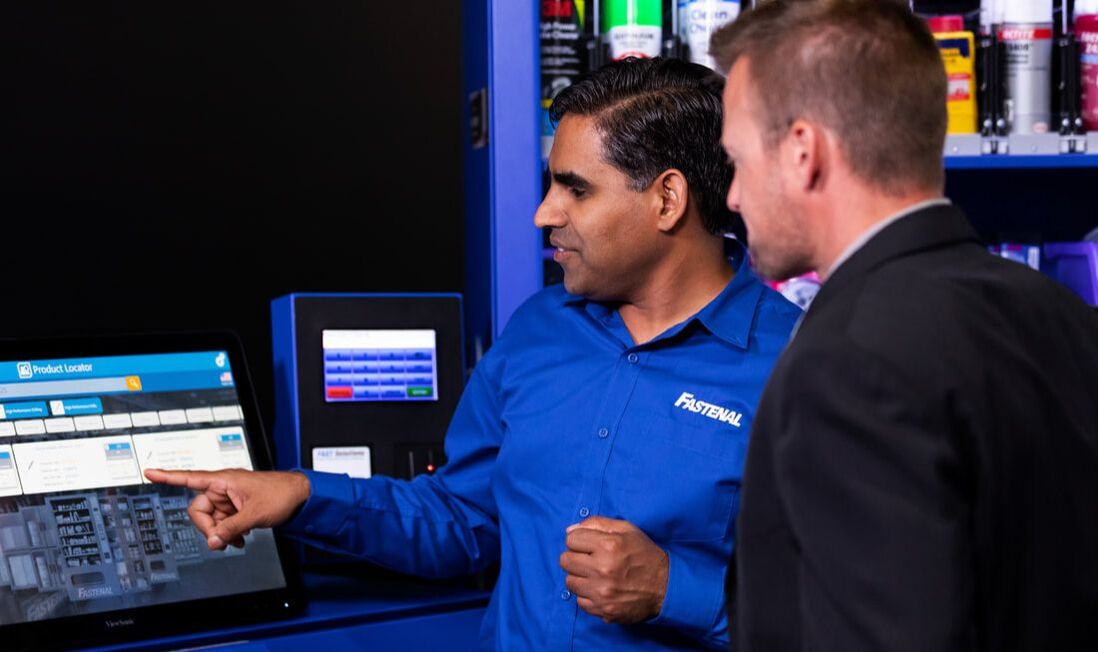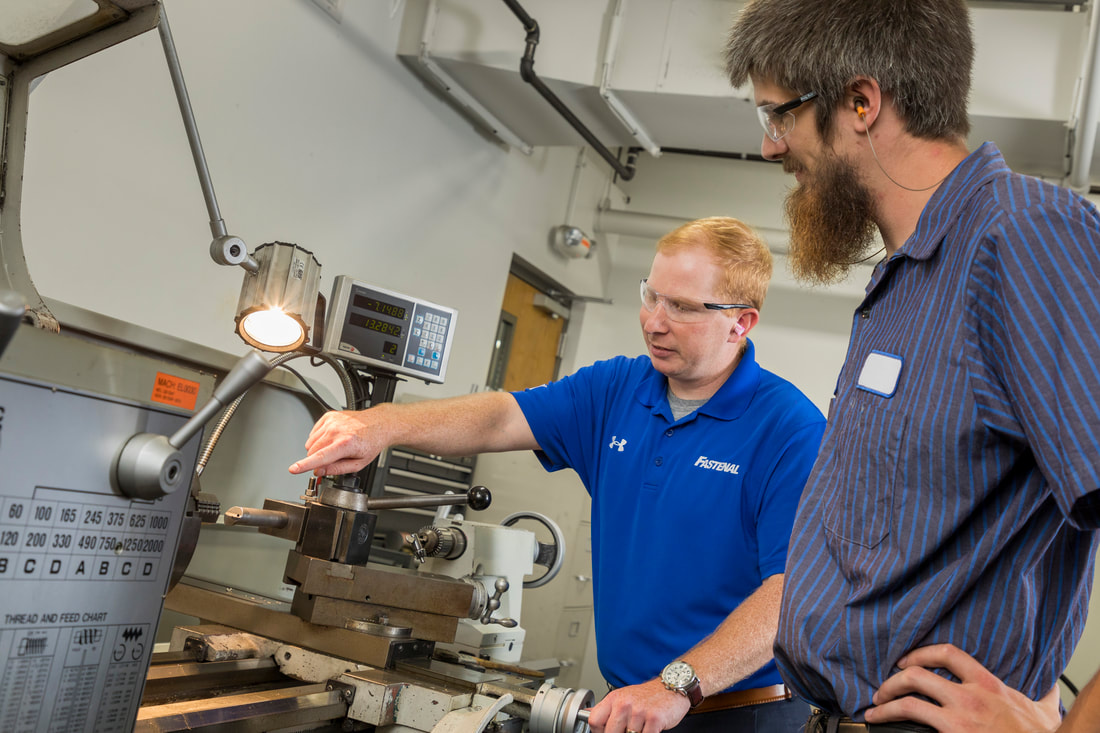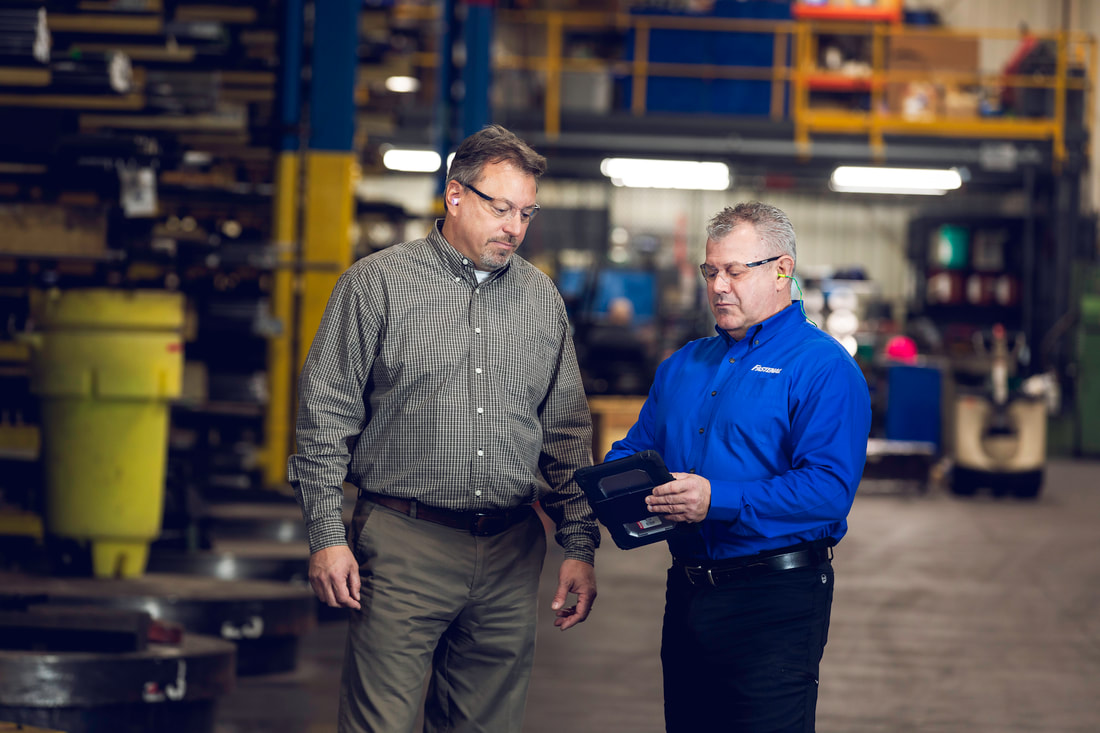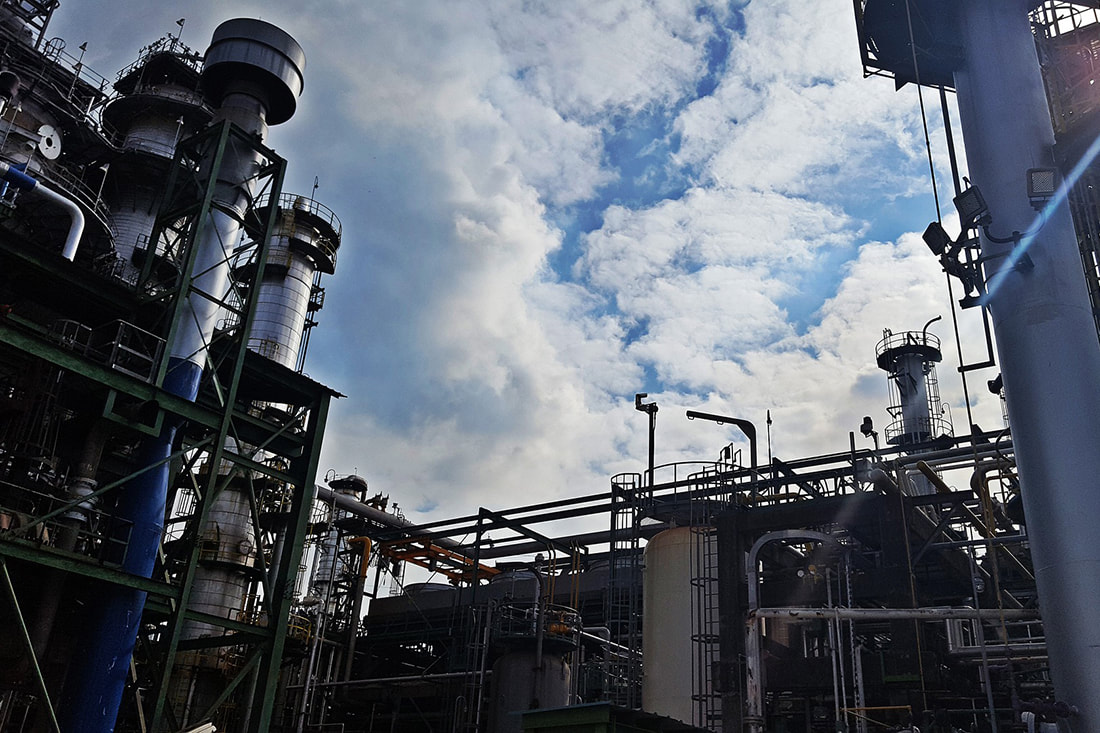Why digitalizing your supply chain is more important than ever
September 1, 2022
By Curt Trnka, Blue Print Editorial Staff, Kirk Talmontas, VP of eCommerce, and Amy Balash, Director of Solutions Operations
By Curt Trnka, Blue Print Editorial Staff, Kirk Talmontas, VP of eCommerce, and Amy Balash, Director of Solutions Operations
|
Below is an edited transcript of a conversation with Curt Trnka (Blue Print Editorial Staff), Kirk Talmontas (VP of eCommerce), and Amy Balash (Director of Solutions Operations).
Curt: I’ve heard you say that the world is becoming more digital each day. What should people be thinking about as supply chains shift in the digital direction?
Kirk: That’s right. The world around us – both personal and professional – has become so interconnected and interdependent. And really, this has forced organizations to embrace the concept of “digital transformation.”
We’ve seen many organizations heavily invest this past decade in digitalizing their operations. Digital transformation is a very complex topic, but in its most simplistic form it is leveraging data from all aspects of business and operations to allow for data-driven decisions rather than focusing on transactional and manual process improvements. Think of the past few years. Tariffs in 2019, pandemic in 2020, and pandemic recovery in 2021. Each new year exposed how easily supply chains can be disrupted by factors out of their control. As a result, organizations are seeking data up and down the entire supply chain to mitigate future disruption. So, distributors who have the capabilities to generate, collect, and share data are best positioned to bring greater value to a strategic partnership. Curt: OK, then what kind of data is out there? And what can we glean from it?Kirk: When it comes to inventory management, we rely on our FMI Technology to gather a wide variety of data points. These assist us in understanding the behavior within a supply chain. We collect data around the who, what, when, where, why, and how much.
These data points uncover what a supply chain’s current state is today and help us predict and prescribe a new and improved future state. This helps people make good business decisions around their strategies. Curt: How can people integrate eBusiness platforms and devices into their workflows?Kirk: As I mentioned earlier, organizations are seeking data from their suppliers. Things are shifting from data segmentation and ad hoc reporting on “what happened” to sharing data predicting “what will happen.”
When we combine FMI Technology (which is how we collect data) with our eCommerce solutions, specifically EDI (electronic data interchange, which is how we share data), it provides a way to bring the information into their own environment. Then, they can better understand the “why” behind the “what.” We know a component of digital transformation is advanced analytics that help predict and mitigate supply chain risk. Organizations do not want siloed reporting from a single supplier/ partner to analyze risk. Instead, they want data to fold into their own sophisticated data networks, which provide aggregate analysis and insights across their entire supplier community. Curt: So, how has that type of robust data changed the way organizations do their work? Understanding the WHY can help teams discover unseen patterns in their supply chain usage, which allows them to derive meaningful insights that could be missed when only focusing on the WHAT. Let’s take a deeper dive now.Amy: In today’s digital world, that data should always be considered in the decision-making process.
Terms such as “Big Data” and the “Internet of Things” aren’t just power words. These are concepts that every organization will have to understand – and leverage – if they want to be successful in today’s marketplace. Each day, we find ways to collect more and more data. Being able to use it to improve operations is what makes a difference. Curt: Let’s take a deeper dive now. The competitive advantage around data is becoming more and more pronounced. And Fastenal is proud of our “Digital Footprint.” I’ve heard people say this is a huge opportunity to leverage technology. In your eyes, what’s the biggest way Fastenal can help?Kirk: As I look out over the eCommerce landscape, there’s a race to push organizations from offline to online as it is the lowest cost to serve. However, at Fastenal, we take a different approach.
We are expanding the efficiencies of eCommerce to include planned/managed spend. Moreover, we’re using our traditional eCommerce platform to identify opportunities to shift repetitive purchases to a more proactive environment. Instead of anyone manually “buying stuff” on an ad hoc basis, we use digital tools to proactively monitor, replenish, and transact those needs – so the product is simply “there” when it’s needed, with minimal processing involved. The result is a consistent, steady stream instead of a never-ending scramble for 24- or 48-hour fulfillment. Said another way, we’re moving online spend into an FMI program. The objective is to exit the high-cost transactional supply model and enter the world of strategic supply. We analyze our customers’ online transactional spend to identify frequency and standardization opportunities. Again, our intent is to migrate that spend to a planned environment because this ultimately lowers the total cost of ownership (TCO) by moving spend from a high-cost transactional model to a lower-cost strategic environment. And this is possible through the power of data that’s generated and shared through our Digital Footprint, aka our FMI Technology and our eCommerce solutions. Curt: Last question, for someone who turns to FMI Technology, what benefits could they expect to see?Amy: The FMI Technology program focuses on four key concepts: Simplify, Monitor, Control, and Track.
This program can SIMPLIFY the process teams use to replenish and locate inventory. Adding technology to automatically MONITOR inventory levels will prevent stock-outs and provide additional visibility to consumables. You can CONTROL who has access to the product, which brings an extra level of value by ensuring critical parts are available to the people who need them. Companies that TRACK their assets can reduce or even eliminate the time, expense, and stress involved with locating lost tools. You may also like:
|
Fastenal wants to help you.
We want to work together to build a wholistic supply chain program that digitalizes your workflows and finds the data that you need to make the best decisions possible.
Let's hear from you!Have questions for us? Reach out to [email protected], and we can help you get started with digitalizing your supply chain.
Have you signed up? Subscribe to the Blue Print for FREE and get the magazine sent right to your address. Vertical Divider
|






